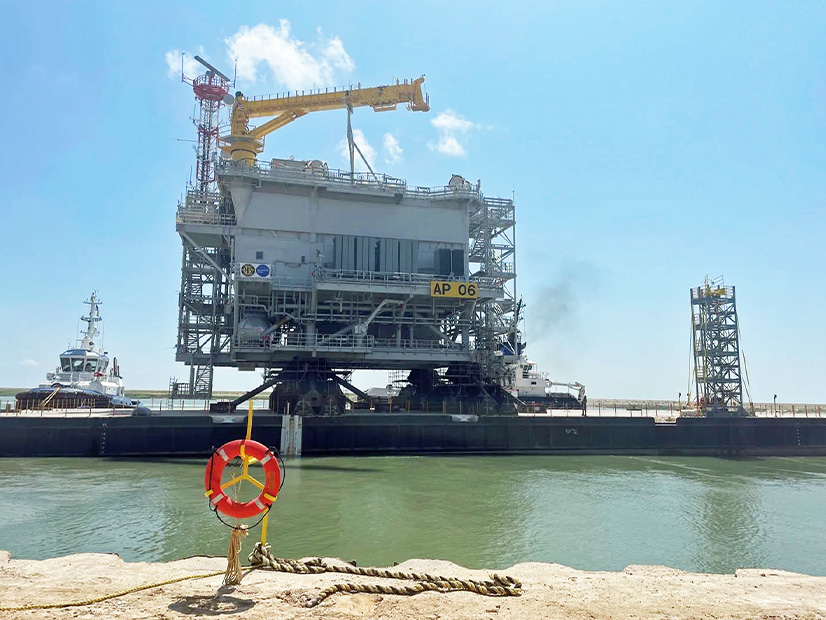Long Island PPTN
NYISO’s Wednesday Business Issues Committee (BIC) voted to recommend that the Management Committee (MC) also votes to recommend that NYISO’s board approve the draft Long Island Public Policy Transmission Needs (PPTN) report.
The draft report identified 16 viable projects that could unbottle Long Island’s transmission constraints and enable the island to export offshore wind energy to the rest of New York. Propel NY’s Alternative Solution 5 project (Project ID: T051) was ranked No. 1 because it would add a 345-kV backbone and help with the efficient transfer of power in the future. (See NYISO Recommends NYPA-Transco Proposal for Long Island Tx Need.)
Propel NY, a partnership between the New York Power Authority and NY Transco, would build the project along with the Long Island Power Authority and Consolidated Edison.
According to NYISO, this was the first PPTN evaluation cycle in which cost containments were explicitly required as part of a developer’s proposal and a mechanism was included to evaluate and implement a transmission owner’s right of first refusal for related upgrades on their system. (See “ROFR ‘Upgrades’ Clarification,” NYISO Management Committee Briefs: Nov. 30, 2022.)
The report moves to the MC meeting where it will undergo a similar advisory vote on May 31. The Board of Directors will select the project to be built, and it will have a required in-service date of May 2030.
Manual Updates for DER
The BIC meeting also approved several updates to NYISO manuals, including changes to the revenue metering requirements manual, meter services entity manual, and the accounting and billing manual, which help enable distributed energy resource market participation.
NYISO confirmed that these approved revisions become effective at the same time as other DER tariff revisions accepted by FERC (ER19-2276).
Bilateral Transactions
BIC stakeholders voted to recommend that the MC approve NYISO proposed tariff revisions necessary to enable withdrawal-eligible generators, such as energy storage resources (ESRs), to be sinks for bilateral transactions. (See “Energy Market Projects,” NYISO Outlines Timelines for 2023 Projects.)
The revisions will update current software capabilities to enable this functionality by the end of this year. ESRs can then contract with a specific generator for its energy, such as a wind farm, through a bilateral contract and enter directly into that agreement.
The proposal moves to the next MC for consideration.
FERC Compliance Filings
NYISO on Tuesday informed the Installed Capacity Working Group/Market Issues Working Group (ICAP/MIWG) that it had submitted a third compliance filing for Order 2222 earlier this week, which corrected inconsistencies identified by FERC (ER21-2460).
The commission found several of NYISO’s earlier tariff revisions, which relate to distributed energy resource aggregation market participation in New York, to be either redundant or noncompliant. (See FERC Orders More Compliance Filings from NYISO for Order 2222.)
NYISO also told ICAP/MIWG stakeholders that the ISO would begin working to implement a 17-year amortization period when calculating fossil fuel peaker plant capacity market metrics, after FERC approved the ISO’s proposal last week. (See FERC Accepts NYISO’s 17-Year Amortization Period Proposal.)
The ISO said it would submit demand curve compliance filings in early June and planned to use the 17-year period for July spot auctions, which run at the end of June.

